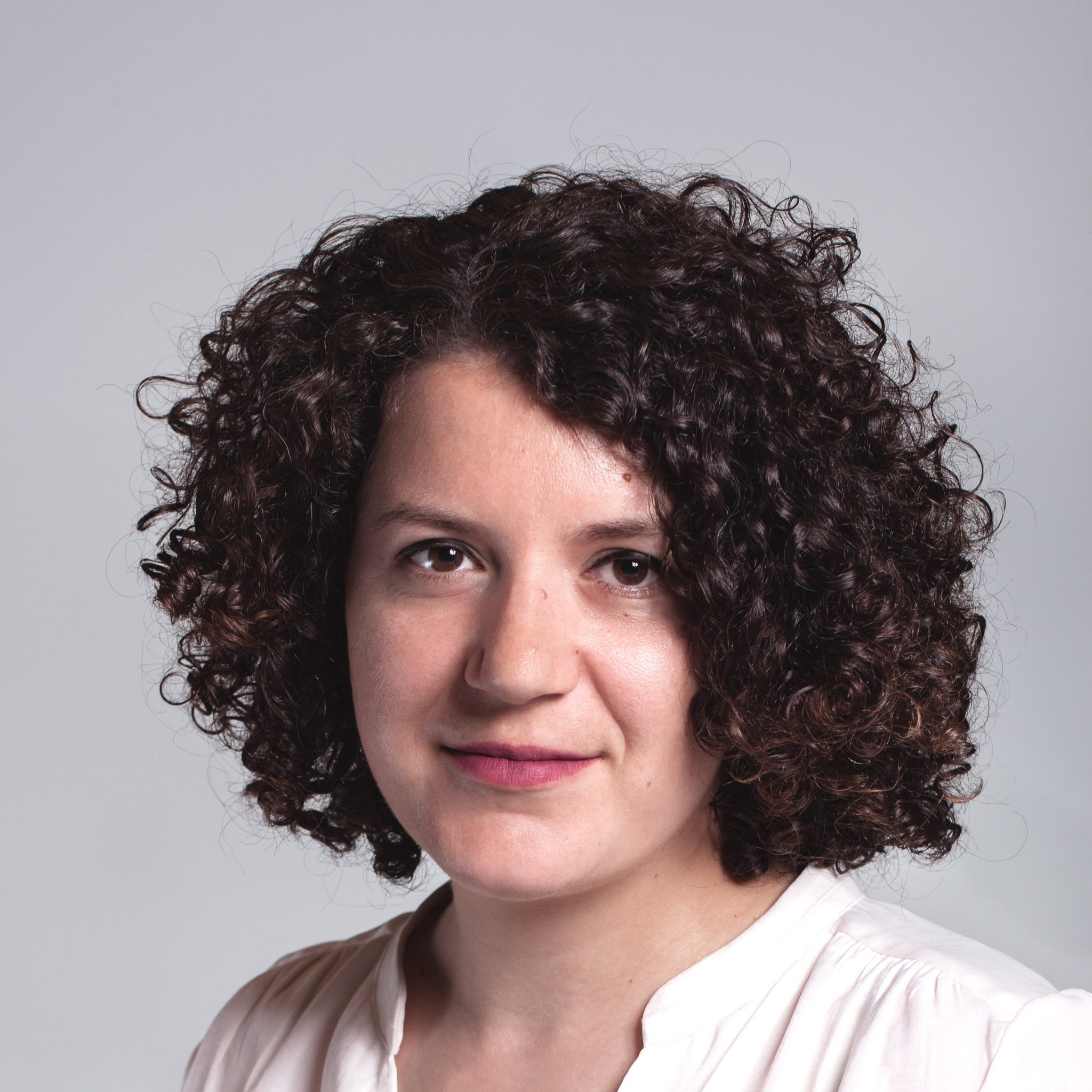Time and again, the product team has highlighted two major aspects that make their work worthwhile: the collaborative and supportive environment and the fact that everyone strives to deliver a simpler, smarter, and more transparent security platform where users can take positive action to protect their employees and assets.
What has been your favorite part of being on this team and developing the Ava Cloud Video Security products?
Megan: I appreciate that when discussing design challenges with the team, every idea was considered based on its merit, not on who suggested it. There was a psychological safety element within the team that let everyone participate, knowing that even if the idea wasn’t chosen in the end, it would always be treated with respect.
Daria: It's a gratifying feeling to do work that matters and which is part of the bigger picture. I also find it satisfying to discover that our video security solution's users feel empowered, secure, and intelligent.
Ron: We are trying to connect people, data, and their properties directly in a unified view. The favorite part of working with Ava video security products is knowing that you are developing a product to help people's daily struggle against threats. It is very challenging work, but knowing how it could impact our society in general in different areas, from government, schools, and hospitals to big and small businesses, is very exciting.
Fredrik: Learning from colleagues and finding good solutions to tricky problems are the best parts of the job for me.
Tom: The fast and boundary-pushing mindset. Can we do it better? Can we make it simpler? No matter how good the concept is, there will always be something to improve.
Theo: Collaborating with highly skilled colleagues with a great passion for their field of work and creating the best security products out there.
Malcolm: To me, what matters the most is making the products simple to install and use, the UIs clean, modern, and simple to understand, and the close collaboration between design and technical teams.
Kjetil: I love following the product coming to life from concept and industrial design to a final high-tech product, adding value to customers’ day-to-day operation.
Martin: Every Research and Development team has worked together on the product, ID, UX, Dev, Test, Mechanics, Electronics, Acoustics to make a real impact on our customers and partners. It’s very fulfilling.





